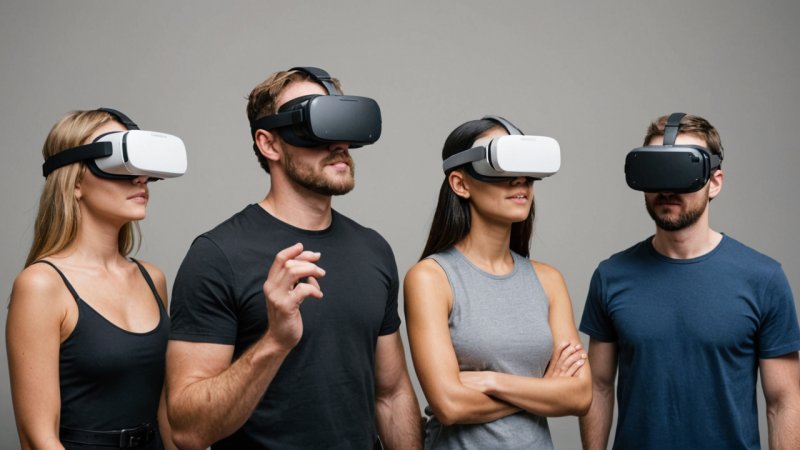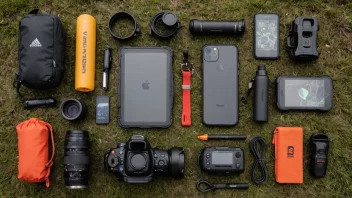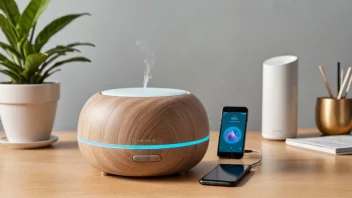Virtual reality (VR) has transformed the way we experience gaming, training, and even social interactions. The right wearable devices can enhance this immersive experience, making it more engaging and enjoyable. Here we explore the top wearable devices that elevate virtual reality experiences, ensuring you get the most out of your VR adventures.
First on the list is the Oculus Quest 2, a standalone VR headset that has gained popularity for its ease of use and high-quality graphics. The Quest 2 features a lightweight design and intuitive controls, allowing users to dive into various VR environments without the need for a powerful gaming PC. With a resolution of 1832 x 1920 per eye and a refresh rate of up to 120Hz, the Quest 2 delivers stunning visuals and smooth motion, making your virtual interactions feel real. Moreover, its library boasts a wide range of games and experiences, catering to different tastes and interests.
Next up is the Valve Index, which is a premium VR headset known for its excellent field of view and high refresh rates. The Index offers an immersive experience with its high-resolution display and precise tracking. One of its standout features is the finger-tracking controllers, which allow for natural hand gestures and interactions within the virtual environment. This provides a level of realism that enhances everything from gaming to simulations. The Index is particularly popular among serious gamers and developers looking to create or experience cutting-edge VR content.
For those who want a more portable option, the HTC Vive Flow is worth considering. This lightweight VR headset is designed for casual VR experiences and can be connected to your smartphone. Perfect for those who want to unwind with a quick VR session or enjoy media content, the Vive Flow prioritizes comfort with its compact design. It’s ideal for watching movies or exploring virtual environments while on the go. Despite its smaller size, it still provides an impressive visual experience, making it a great addition for anyone looking to dip their toes into VR.
Another noteworthy device is the Sony PlayStation VR, which has been a staple in the gaming community. Designed specifically for PlayStation consoles, this headset offers a vast library of VR games that are easily accessible to console gamers. While it may not have the same level of resolution as some newer headsets, its compatibility with the PlayStation ecosystem makes it an attractive option for those who already own the console. The PlayStation VR also supports social gaming, allowing friends to join in on the fun, making it a great choice for group entertainment.
Finally, if you're looking to enhance your VR experience further, consider integrating wearables like the haptic feedback vests and gloves. These devices allow you to feel physical sensations tied to your virtual actions, such as the impact of a hit in a game or the sensation of touch in a virtual environment. Haptic feedback technology transforms how you perceive virtual experiences, making them more immersive and realistic.
In conclusion, the right wearable devices can significantly enhance your virtual reality experiences. Whether you prefer the standalone convenience of the Oculus Quest 2, the premium features of the Valve Index, or the portability of the HTC Vive Flow, there’s a device for every type of user. As technology continues to advance, we can expect even more innovative wearables that will push the boundaries of what virtual reality can offer.
Top Wearable Devices for Virtual Reality Experiences
Discover the top wearable devices that enhance your virtual reality experiences, providing immersive and engaging interactions.






